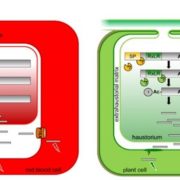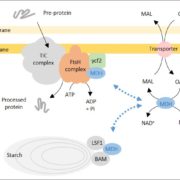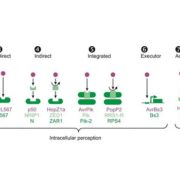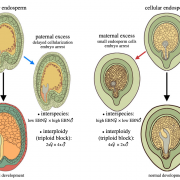Update: Flower primary metabolism, pollinators’ preferences and seed and fruit set
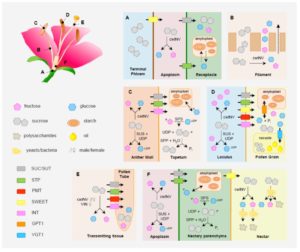 Because of their important roles in attracting pollinators, the secondary or specialized metabolites of flowers (color, fragrance) get a lot of attention. Borghi and Fernie argue that flower function is equally dependent on primary (central) metabolites, which not only provide the precursors for secondary metabolite production but also serve as food for pollinators and support the development of fruits and seeds. In their review, they discuss the metabolism, transport and partitioning of sugars and amino acids through floral organs. Challenges to fully elucidating these pathways include redundancy, a tendency to overlook floral phenotypes in mutant studies, and and the common practice of treating flowers as a single unit, “despite the fact that in no other plant organ as much as in flowers, tissue compartmentalization underlies function.” The authors also describe the contributions of metabolites to pollen tube growth and the roles of microbes in altering nectar chemistry and thus pollinator behavior. Plant Physiol. 10.1104/pp.17.01164
Because of their important roles in attracting pollinators, the secondary or specialized metabolites of flowers (color, fragrance) get a lot of attention. Borghi and Fernie argue that flower function is equally dependent on primary (central) metabolites, which not only provide the precursors for secondary metabolite production but also serve as food for pollinators and support the development of fruits and seeds. In their review, they discuss the metabolism, transport and partitioning of sugars and amino acids through floral organs. Challenges to fully elucidating these pathways include redundancy, a tendency to overlook floral phenotypes in mutant studies, and and the common practice of treating flowers as a single unit, “despite the fact that in no other plant organ as much as in flowers, tissue compartmentalization underlies function.” The authors also describe the contributions of metabolites to pollen tube growth and the roles of microbes in altering nectar chemistry and thus pollinator behavior. Plant Physiol. 10.1104/pp.17.01164



